Best Stress-Relieving Plants For Offices
Best Stress-Relieving Plants For Offices
Are you feeling stressed out at work? Did you know plants in your office can help reduce stress and boost productivity?
Studies have shown that plants can positively impact mental health, and certain plants are particularly effective at relieving stress.
In this blog post, we'll explore the best stress-relieving plants for your office and how they can help you feel calmer and more focused throughout the workday.

Why Are Stress-Relieving Plants Important For Offices?
If you've ever worked in an office environment, you know that stress can be a major issue. Between deadlines, meetings, and long hours sitting at a desk, it's easy to become overwhelmed and burnt out.
However, introducing stress-relieving plants into your workspace can significantly impact your mental health and overall well-being.
One of the most important benefits of having plants in your office is that they can help reduce stress levels.
Research has shown that being around plants can help lower blood pressure, reduce anxiety and depression, and improve overall mood.
This is because plants release oxygen and negative ions, which can help purify the air and create a more calming environment.
One such benefit is that plants can help reduce noise levels in the office. Their leaves absorb sound, creating a more peaceful and quiet environment.
If you work in a noisy office or have trouble concentrating on background noise, incorporating plants can help create a more relaxed atmosphere.
Another benefit of having plants in your office is that they can help reduce the effects of “sick building syndrome.”
This condition occurs when poor indoor air quality leads to symptoms such as headaches, dizziness, and fatigue.
Plants can help alleviate these symptoms and create a healthier work environment by improving air quality and reducing pollutants in the air.
Incorporating plants into your office can help improve your overall mood and reduce feelings of isolation. This is especially important if you work in a windowless or drab office space.
Studies have shown that plants can help create a more inviting and friendly atmosphere, increasing social interaction and feeling of connectedness among coworkers.
Plants in your office can be a fun and rewarding way to add personality and style to your workspace.
With so many different plant types, you can create a unique and personalized environment that reflects your personality and interests.

Best Stress-Relieving Plants For Offices
Many of us spend a significant portion of our day working in an office, and it's no secret that work can be stressful.
While there are many ways to manage stress, one effective and natural method is to bring plants into your office space.

1. Snake Plant
Snake plants, also known as Sansevieria, have been found to have stress-relieving benefits in office settings.
The plants release oxygen at night, which can help improve air quality and promote relaxation. Additionally, greenery in the workplace has been linked to reduced stress levels and increased productivity.
With its stress-relieving properties, the snake plant is also a low-maintenance plant that can tolerate low light conditions, making it an excellent choice for offices.
Its ability to remove toxins such as formaldehyde from the air can also contribute to a healthier and more pleasant work environment.
Incorporating snake plants into an office space can have multiple benefits, including improving air quality, reducing stress, and enhancing productivity.

2. Peace Lily
The Peace Lily, also known as Spathiphyllum, is a popular houseplant that is relatively easy to care for. It has dark green leaves and produces beautiful white flowers that bloom throughout the year.
This plant is not only aesthetically pleasing, but it also has numerous health benefits. Improve indoor air quality by removing harmful pollutants such as benzene, formaldehyde, and carbon monoxide.
Additionally, the Peace Lily effectively reduces mould spores in the air, making it an excellent choice for individuals with allergies or respiratory issues.
The Peace Lily prefers bright, indirect light but tolerates low light conditions. It is important not to overwater the plant, as it can be susceptible to root rot. It is recommended to keep the soil slightly moist but not saturated.

3. Spider Plant
The spider plant, also known as Chlorophytum comosum, is a popular indoor plant that is well-loved for its easy maintenance and attractive appearance.
It is a fast-growing plant that produces long, narrow leaves with a green and white striped pattern.
Apart from its aesthetic appeal, the spider plant has several health benefits. Toxic substances like formaldehyde and benzene, frequently present in household goods and materials, should be eliminated to improve indoor air quality. This makes it an excellent choice for individuals looking to improve their indoor air quality.
The spider plant has also been found to have stress-reducing properties due to its air-purifying abilities.
The plant releases moisture into the air, which can help to create a more relaxing and peaceful environment. This can be especially beneficial for individuals prone to stress or anxiety.

4. Aloe Vera
A succulent aloe vera plant is well renowned for its calming and healing effects on the skin. It has been used for medicinal purposes for centuries and is a common ingredient in many skincare products. However, aloe vera also has other benefits that make it an ideal addition to your home or office.
Aloe vera is one of the lesser-known benefits of aloe vera. It is effective in removing toxins from the air.
These toxins are commonly found in household products, such as cleaning agents and paint, and can harm health.
Adding aloe vera plants to your living or office space can improve the air quality and create a healthier environment.
Another benefit of aloe vera is that it is a low-maintenance plant that is easy to care for. It doesn't require much water and can thrive in various indoor environments.
This makes it an ideal plant for those who want to add some greenery to their space but need more time or energy to devote to plant care.

5. English Ivy
English ivy, also known as Hedera helix, is a popular evergreen vine native to Europe and Western Asia.
It is a low-maintenance plant commonly used as a ground cover or as an ornamental plant in gardens, patios, and indoor spaces.
Besides its aesthetic appeal, English ivy is known for its air-purifying properties. It is particularly effective in removing mould from the air, which can trigger allergies and asthma.
This is because the plant produces a compound called falcarinol, which has anti-fungal properties.
English ivy is also popular for improving indoor air quality, as it can absorb harmful chemicals such as benzene, formaldehyde, and trichloroethylene.
These chemicals are commonly found in household products and can be detrimental to health over the long term.
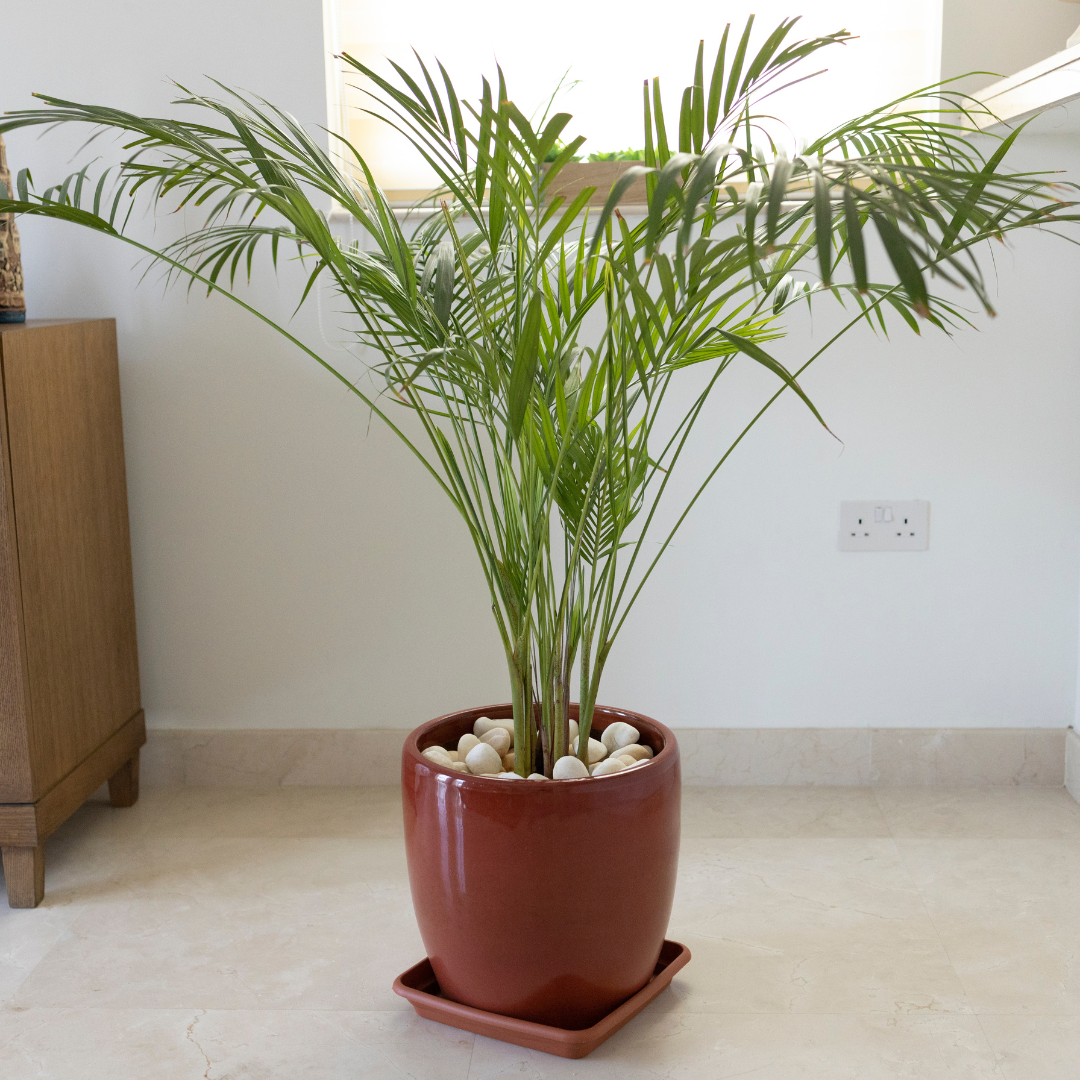
6. Bamboo Palm
The bamboo palm, also known as Chamaedorea seifrizii, is a tropical plant native to Mexico and Central America.
It is a popular choice for indoor spaces such as offices, homes, and malls due to its elegant appearance and air-purifying properties.
This plant is characterized by its long, slender green leaves that resemble bamboo. It can grow up to 7 feet tall, making it an ideal statement piece for larger office spaces.
One of the main benefits of the bamboo palm is its ability to improve air quality by removing harmful toxins such as formaldehyde, benzene, and trichloroethylene.
These toxins are commonly found in indoor environments and can cause various health problems over time.
The bamboo palm is also a low-maintenance plant that can thrive in various lighting conditions, making it an excellent option for those who may not have access to natural sunlight.
It prefers well-drained soil and should be watered regularly to keep it moist but not waterlogged.
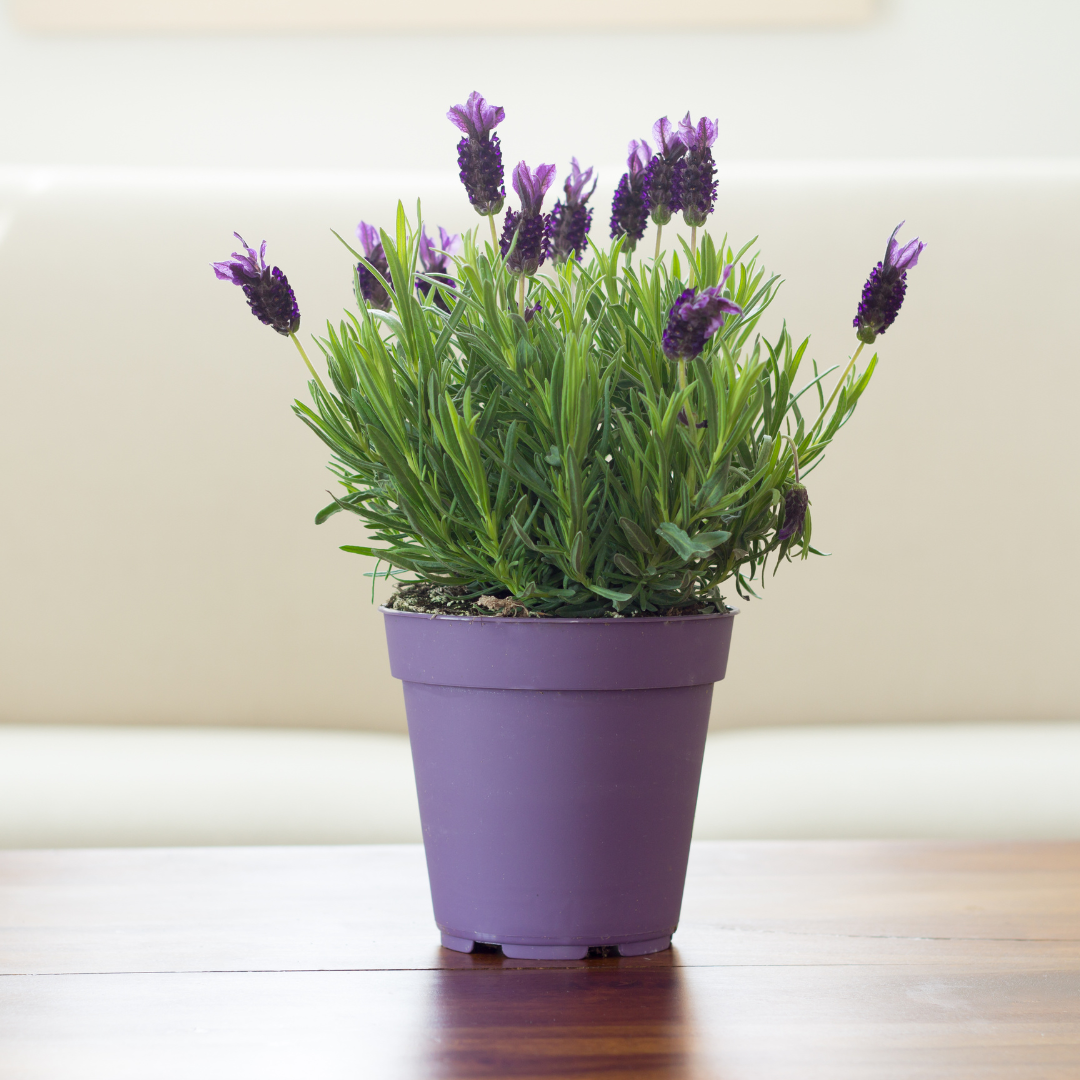
7. Lavender
Lavender is a flowering plant that is native to the Mediterranean region and is known for its distinctive scent and soothing properties. It is commonly used in aromatherapy, skincare, and culinary applications.
While not typically considered an office plant, lavender can be a valuable addition to any workspace.
Its calming scent reduces stress and anxiety, promoting a more relaxed and productive work environment.
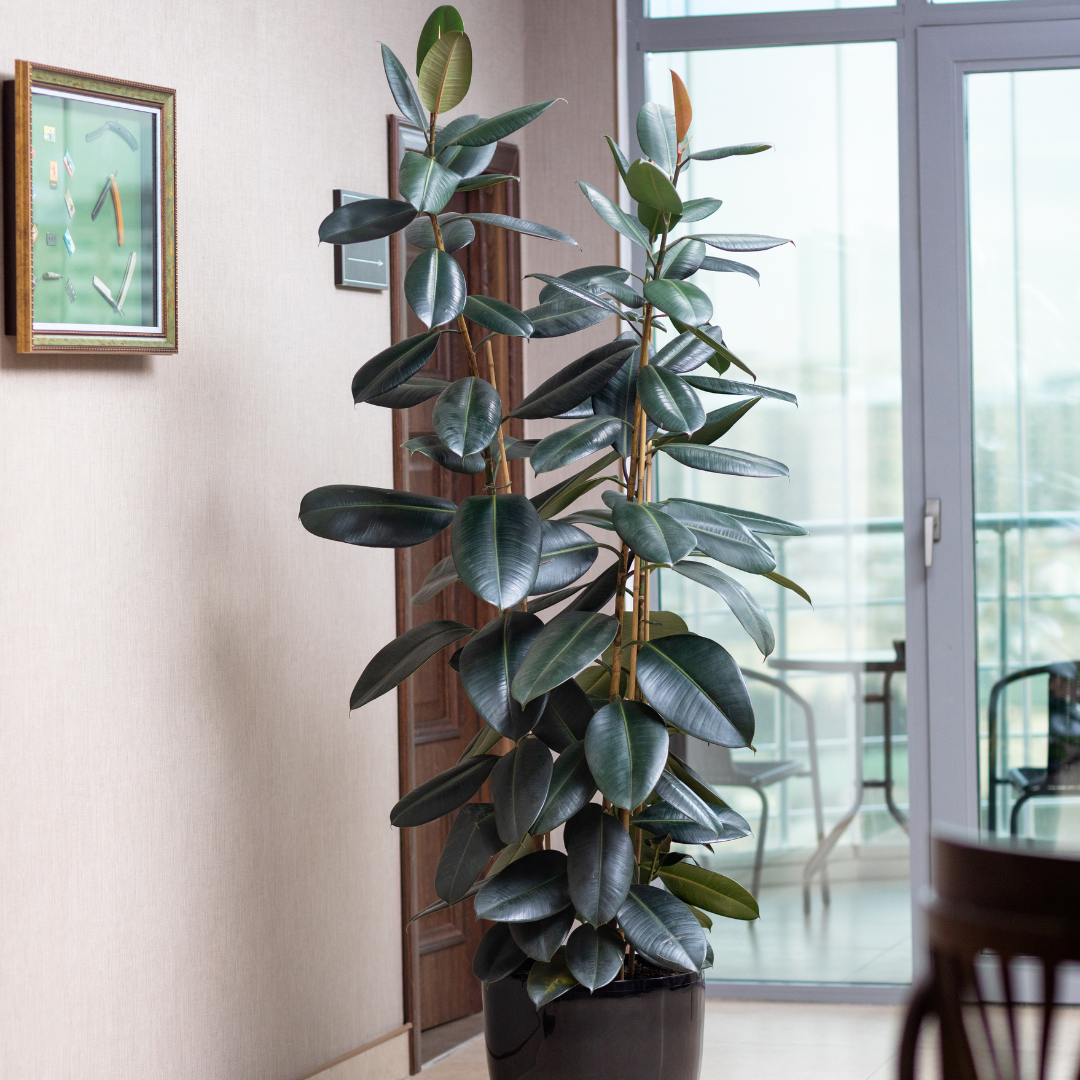
8. Rubber Plant
The rubber plant, also known as Ficus elastica, is a popular indoor plant native to India and Malaysia.
It is a member of the fig family known for its large, glossy, and thick leaves that can grow up to 12 inches long.
One of the benefits of having a rubber plant is that it can thrive in low to medium light levels, making it a great option for offices or homes with limited natural light.
It is also a low-maintenance plant that requires minimal care, such as regular watering and the occasional pruning, to maintain its shape.
Aside from its aesthetic appeal, the rubber plant is known for its air-purifying abilities. It can help remove toxins such as formaldehyde and benzene from the air, making it a valuable addition to any indoor space.

9. ZZ Plant
The ZZ plant, also known as Zamioculcas zamiifolia, is a popular houseplant native to Eastern Africa.
It has become a popular choice for indoor spaces because it can tolerate low light conditions and is relatively low maintenance.
The ZZ plant features glossy, dark green leaves that grow on stems that can reach up to three feet long.
It can also produce small, yellow flowers, although these are relatively rare when the plant is grown indoors.
One of the biggest benefits of the ZZ plant is its air-purifying properties. Like many other houseplants, it can help remove harmful air pollutants, improve indoor air quality, and promote a healthier living environment.
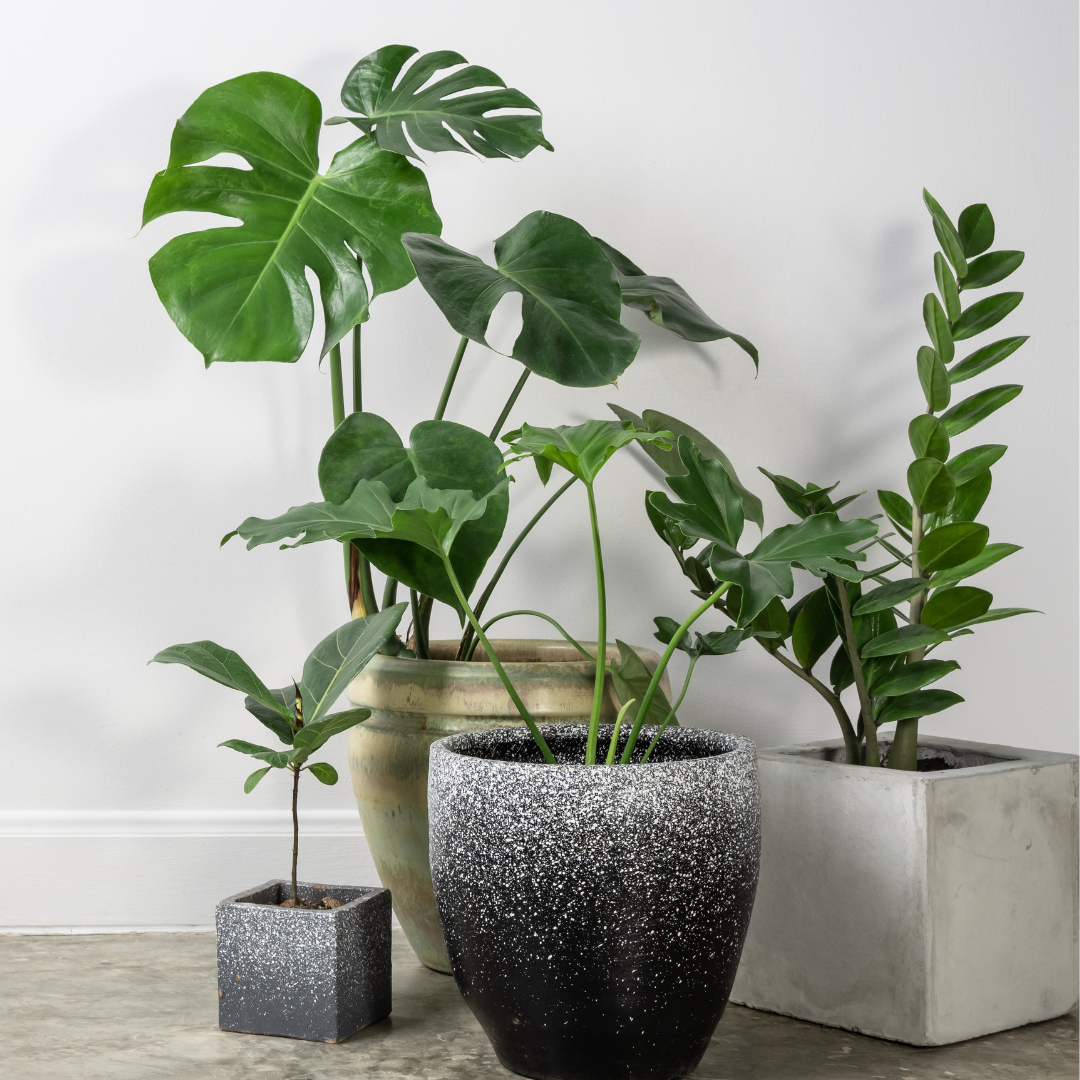
10. Philodendron
Philodendron is a tropical plant genus with over 400 species. They are native to the Americas and the West Indies and are commonly used as house or office plants.
The most widely cultivated species is the heart-leaf philodendron (Philodendron hederaceum), known for its heart-shaped leaves and easy care requirements.
Philodendrons are adaptable plants that grow in various light conditions, from low to bright indirect light.
They prefer well-draining soil and need water when the top inch of the soil feels dry. They can tolerate some neglect and are fairly resilient, making them a great choice for beginners.
One of the benefits of having a philodendron plant in your home or office is its ability to purify the air.
Philodendrons can remove harmful toxins such as formaldehyde, benzene, and trichloroethylene from the air, making them popular indoor spaces.
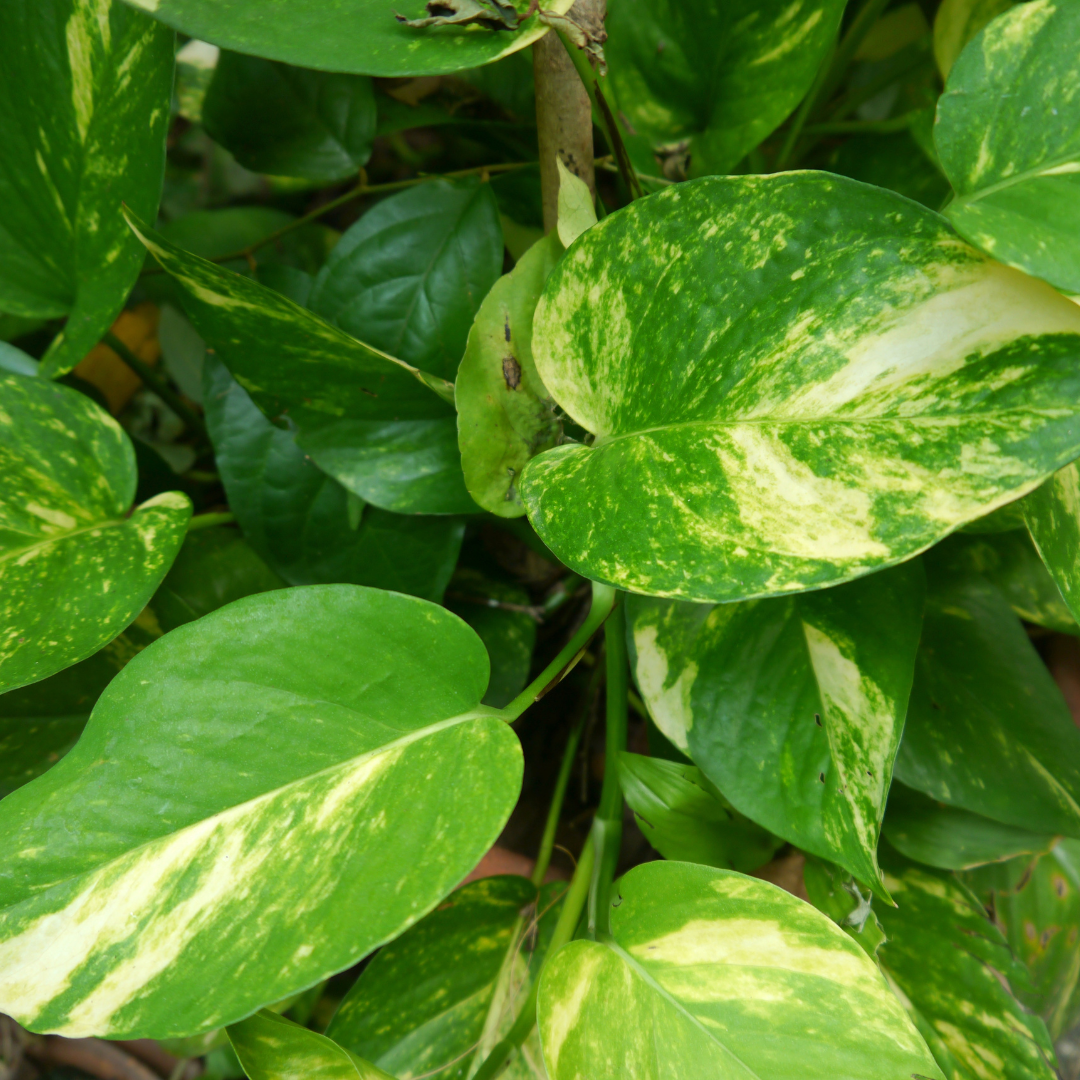
11. Golden Pothos
Golden Pothos, also known as Devil's Ivy, is a popular, easy-to-care-for houseplant. It is native to Southeast Asia and is prized for its long trailing stems and variegated green and yellow leaves.
Golden Pothos is a low-maintenance plant that can thrive in various indoor conditions. Although it can withstand low light, bright, indirect light is preferable for growth. The plant prefers well-draining soil and needs watering when the top inch of soil feels dry.
One of the benefits of having a Golden Pothos plant in your home or office is its ability to purify the air.
It can remove toxins such as formaldehyde, benzene, and xylene from the perspective, helping to improve air quality and promote a healthier indoor environment.

12. Ferns
Ferns are a non-flowering plant that has been around for millions of years. They are known for their beautiful fronds, which can vary in size and shape depending on the species.
Ferns thrive in areas with high humidity levels, making them an ideal choice for office environments.
One of the benefits of having ferns in the office is that they can help purify the air. They absorb pollutants and toxins from the air, which can help to improve air quality and make the office a healthier workplace.
Additionally, ferns can add a touch of greenery and natural beauty to the office, helping to create a more relaxing and calming environment.
Ferns are relatively easy to care for and can adapt to various lighting conditions. They prefer indirect light, so placing them near a window but not in direct sunlight is ideal. Ferns also like to be kept moist, so regular watering is necessary to keep them healthy.
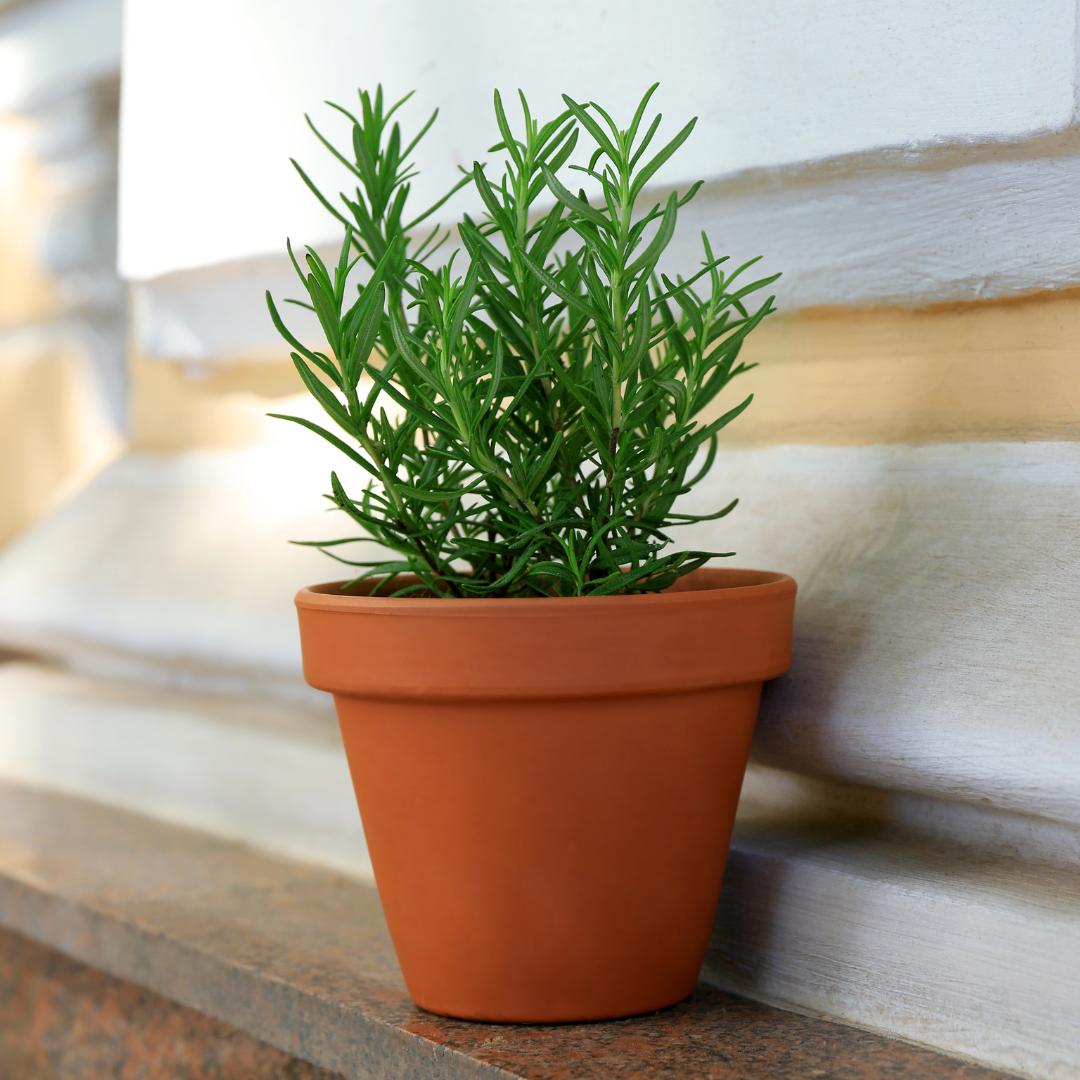
13. Rosemary
Rosemary is a fragrant herb used for centuries for its culinary and medicinal properties. It is known for its woody, pine-like aroma and is commonly used as a flavouring agent in many dishes. Additionally, rosemary has several health benefits, making it a popular choice among herbalists.
One of the most well-known benefits of rosemary is its ability to improve memory and concentration.
Studies have shown that the herb contains compounds that may improve brain function, including increased alertness and enhanced cognitive performance. This makes it a great choice for students or anyone who needs to stay focused and alert.
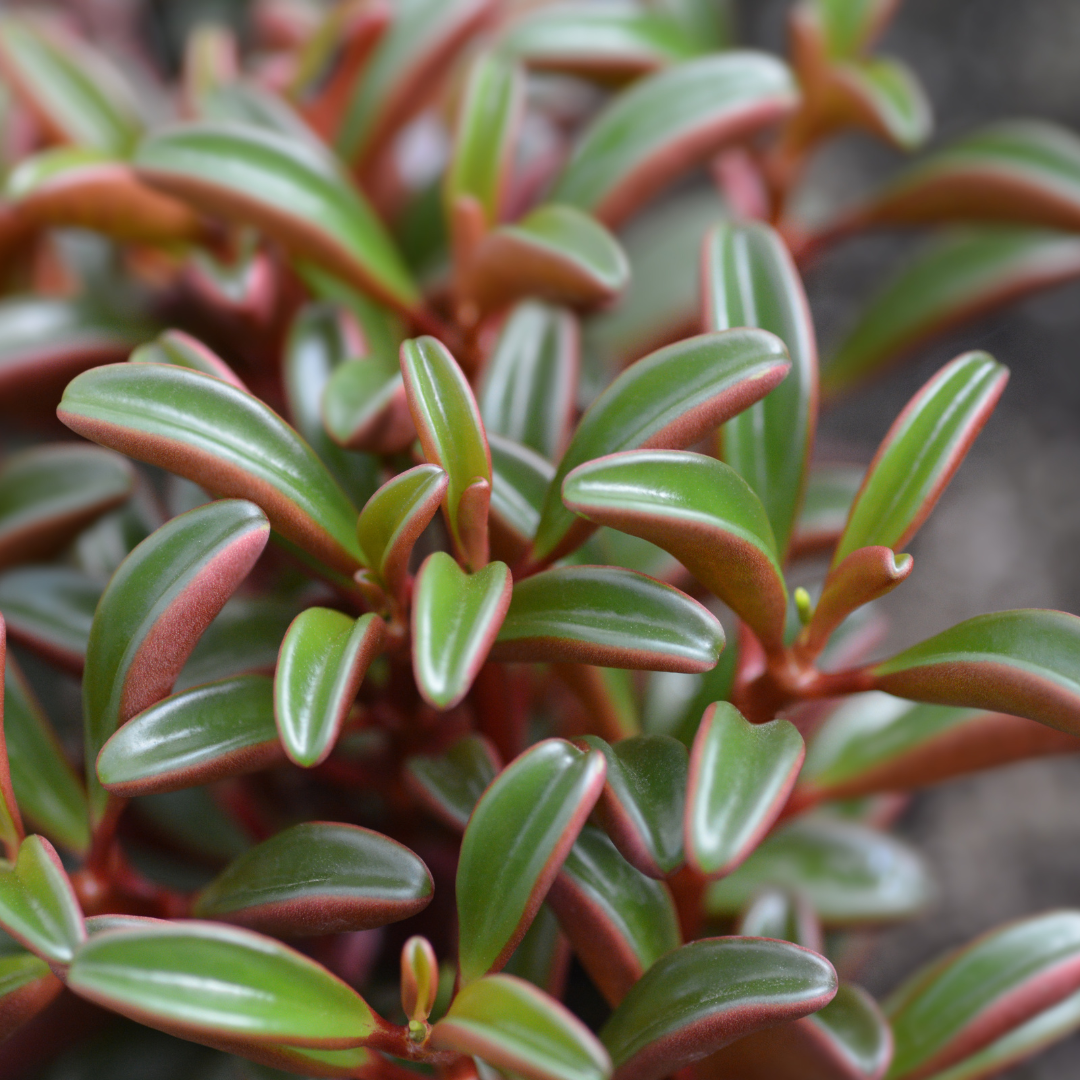
14. Peperomia
Peperomia is a popular houseplant that belongs to the Piperaceae family. It is a low-maintenance plant that is easy to care for and can be grown in various conditions, making it an excellent choice for beginners or busy individuals who only have a little time to devote to plant care.
Peperomia plants come in various shapes, sizes, and colours, with some having variegated or textured leaves.
They are typically small, compact plants that do well in low light conditions, although they can also tolerate bright, indirect light.
One of the benefits of growing a Peperomia plant is that it can help purify the air in your home or office.
Like other plants, Peperomia absorbs carbon dioxide and releases oxygen during photosynthesis, helping improve air quality.

15. Chrysanthemum
Chrysanthemum is a popular flowering plant that belongs to the Asteraceae family. It is native to Asia and is widely cultivated as an ornamental plant in many parts of the world.
Chrysanthemums come in various colours, including yellow, white, pink, red, and purple, making them popular for gardens and indoor spaces.
One of the benefits of growing chrysanthemums is that they can help reduce stress levels. The plant contains compounds that have calming effects on the body, helping to reduce anxiety and promote relaxation.
For this reason, chrysanthemums are often used in aromatherapy and as a natural remedy for stress-related disorders.
Another advantage of growing chrysanthemums is that they can help improve air quality. Like other plants, chrysanthemums absorb carbon dioxide and release oxygen during photosynthesis, helping to purify the air.
In addition, the plant has toxins such as benzene, formaldehyde, and trichloroethylene from the perspective, making it an excellent choice for indoor spaces.

16. Chinese Evergreen
Thanks to its many benefits, it is an excellent choice for a stress-relieving office plant. It is low maintenance and can thrive in low to medium light, making it a perfect choice for indoor spaces with minimal natural light.
One of the most significant benefits of the Chinese evergreen plant is its ability to purify the air.
This can positively impact office workers, as it can help reduce stress levels and promote a healthier work environment.
The plant is known to remove toxins such as formaldehyde and benzene from the air, which can adversely affect health and well-being.

Conclusion
Several stress-relieving plants can improve your mental health and productivity. Some of the best options are snake plants, peace lilies, bamboo palms, spider plants, and aloe vera.
These plants reduce stress levels, purify the air, and increase focus and creativity. Choose plants suitable for your office environment, such as those that can thrive in low-light or high-traffic areas.
Incorporating these plants into your workspace can create a calming and refreshing atmosphere that promotes overall wellness and success.
I trust you enjoyed this article about the Best Stress-Relieving Plants For Offices. Please stay tuned for more blog posts to come shortly.
JeannetteZ
>>>Please click here to read my all-inclusive article about Lessons That Will Teach You All About Stress<<<
>>>Are you interested in Natural Healing And Stress Relief through Herbs? Please click here for my #1 Recommendation<<<
Your Opinion Is Important To Me
Thoughts? Ideas? Questions? I would love to hear from you. Please leave me your questions, experience and remarks about the Best Stress-Relieving Plants For Offices in the comments section below. You can also reach me by email at Jeannette@Close-To-Nature.org.
Disclosure
This post may contain affiliate links. I earn from qualifying purchases as an Amazon Associate and other affiliate programs. Please read my full affiliate disclosure.
You might also enjoy these blog posts:
10 Best Stress-Relieving Plants For Your Home
Spirituality And Stress Relief
Stress Relief Activities For Kids
Stress Relief Activities For Students
Top Relaxation Techniques For Daily Life








